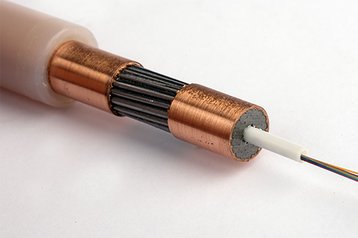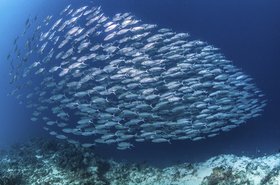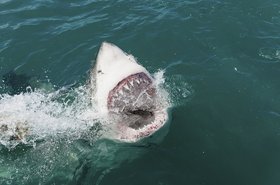A new study has found that two subsea cables off West Africa were damaged by undersea mudslides, which may have been linked to nearby river flooding. The results could help engineers build more resilient cable systems.
In January 2020, the South Atlantic 3/West Africa (SAT-3/Wasc) cable, linking Africa to Portugal and Spain was hit by a breakdown in Gabon, whilst the West Africa Cable System (WACS) that connects South Africa to the United Kingdom saw an outage off the coast of the DRC Congo.
The WACS cable experienced a further break affecting international bandwidth in March.
Mud flood
A yet-to-be-peer-reviewed study by Professor Peter J. Talling and a team from the Departments of Earth Sciences and Geography at the University of Durham in the UK, co-led by Angola Cables, suggests the events were caused by large undesea mudslides.
“The cable fault on the SAT-3 was likely caused by an exceptionally large and powerful submarine mud slide that originated at the mouth of the Congo River, just 10 days after the Congo River recorded its largest flood since the 1960s,” according to the press release.
Sand and mud from the river flood was presumably remobilized, triggering the submarine mud slide that flowed through the offshore Congo Canyon, one of the largest underwater canyons on earth.
“The data that we recovered from the seabed sensor and mooring data sets within the Congo Canyon have revealed that the undersea mudslide is possibly the longest recorded sediment flow yet measured in action on our planet,” said Professor Talling. “Gathering evidence and the recorded data in studies such as these are critical to understanding the nature of such subterranean events, and how the subsea cable industry can better provide more durable solutions in keeping the cables – and the world connected.”
Undersea mud slides are difficult to measure in action and poorly understood. The study involved the placement of a series of sensors along the canyon, helping provide insight into how major flows are triggered; the frequency, speed and potential impact of mudslides or runout events. The study also found that some cables do not break, but adjacent cables can experience faults if they are in locations such as deeply eroded knickpoints.
The January 2020 event caused nine of the oceanographic moorings to surface. By combining the times when moorings reached the sea surface with the times cables broke, Professor Talling and his team were able to calculate the flow speed of the undersea avalanche.
It has been estimated that following the initial mudslide in the canyon, the moving sediment increased in speed from 5 m/s in Angolan waters in the upper canyon, to reach 8 m/s in the deep ocean, at water depths of 4-5 km and some 1,200 km from the river mouth.
Most damage to subsea cables is man-made, usually the result of damage from anchors or trawling fishing boats. However, faults in deepsea cables below 1,000 meters are more likely to be due to mudslides or underwater seismic activity.





